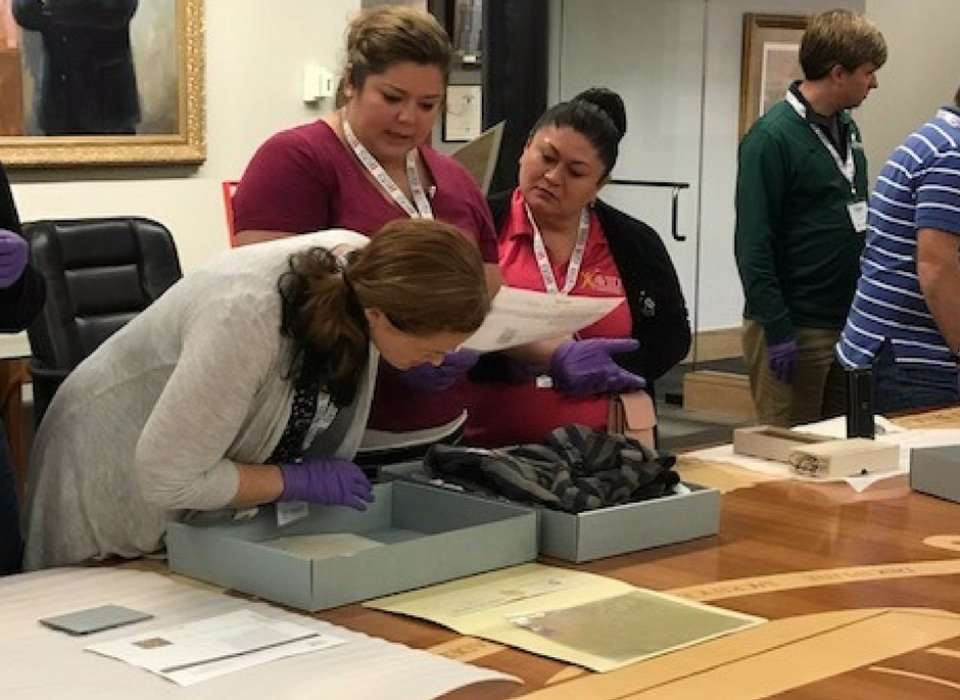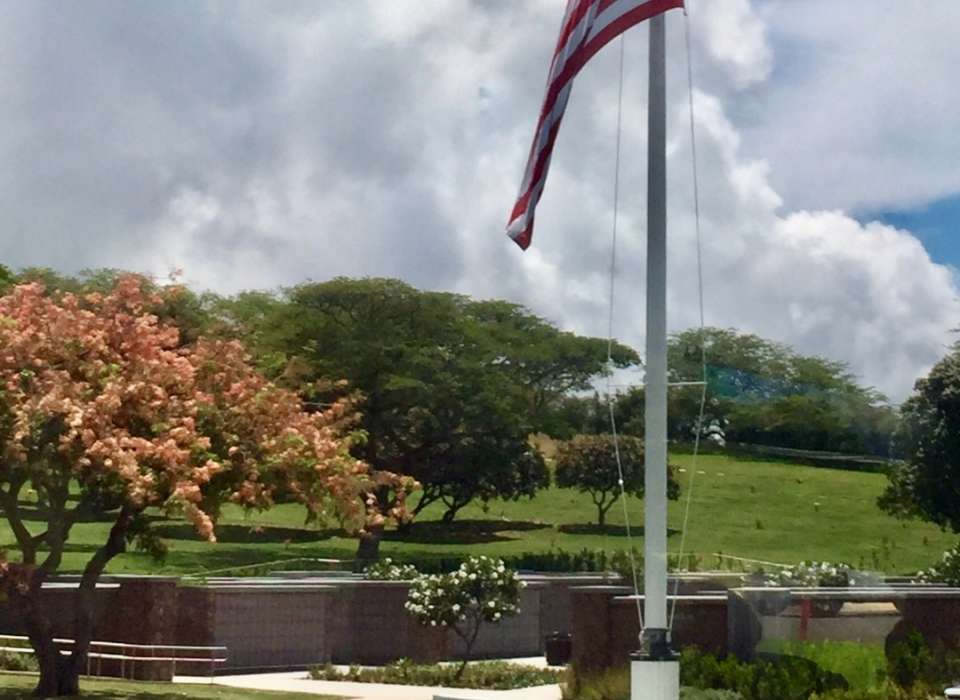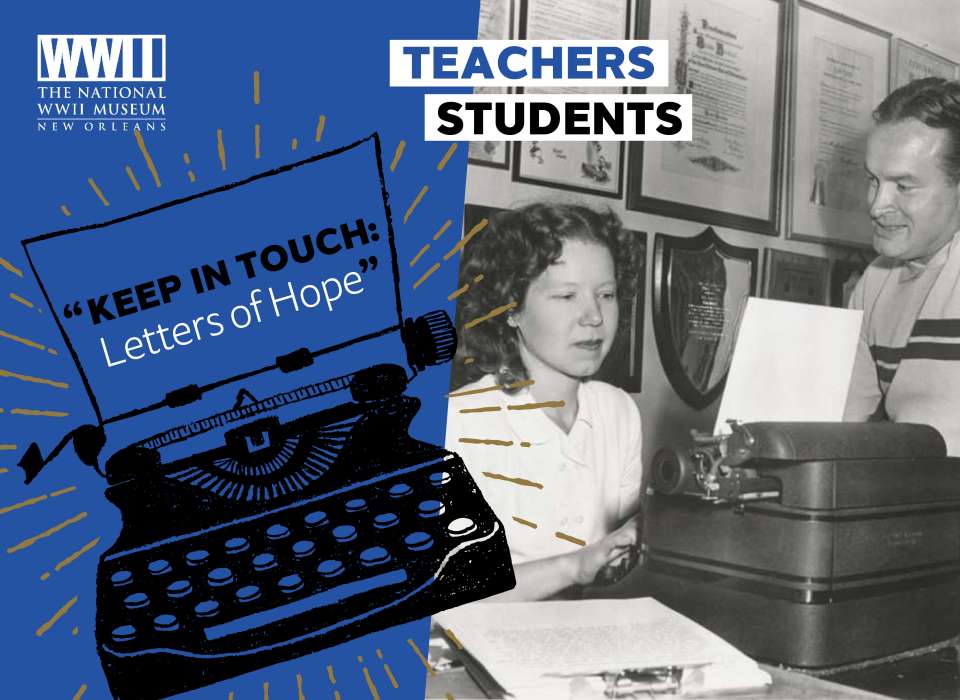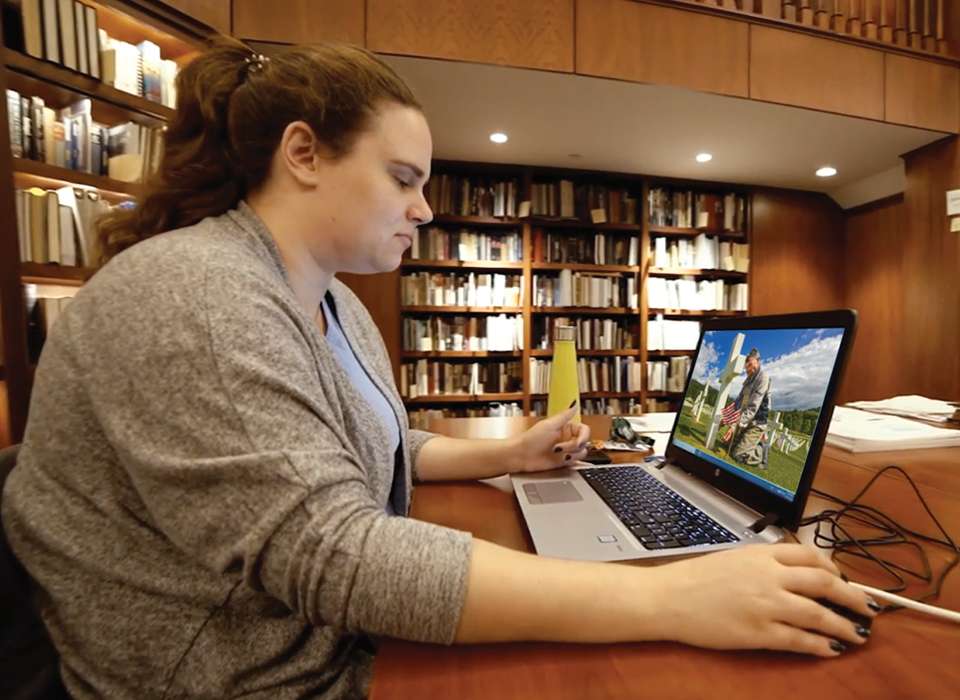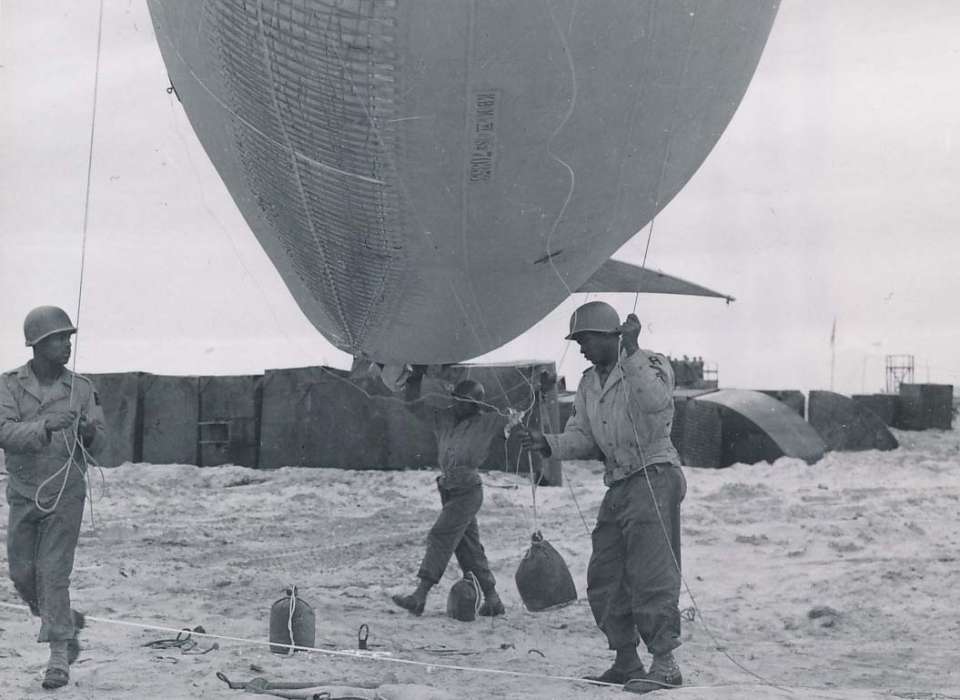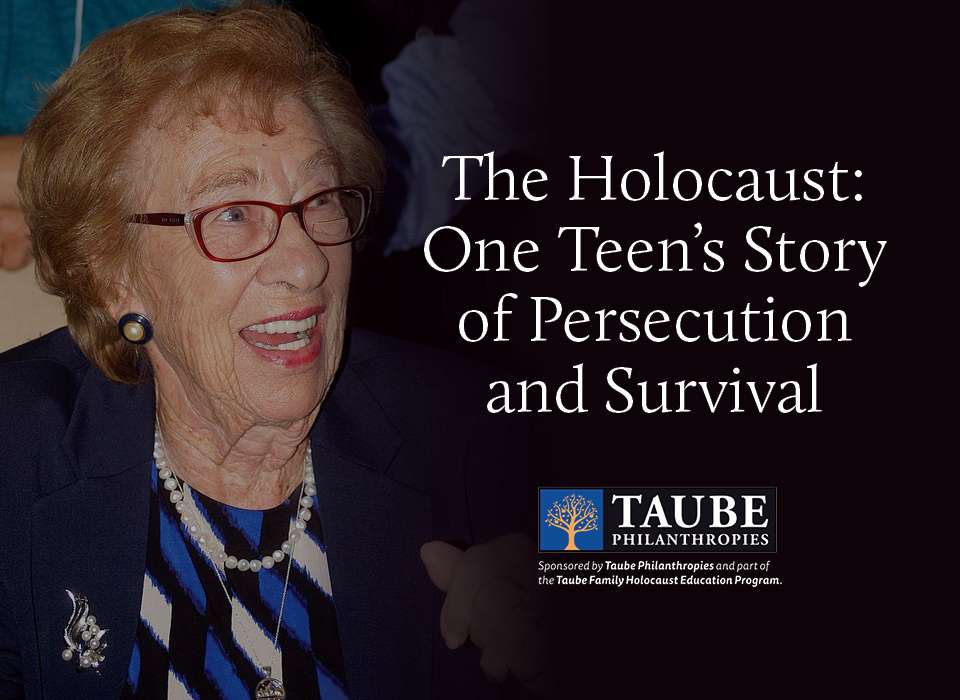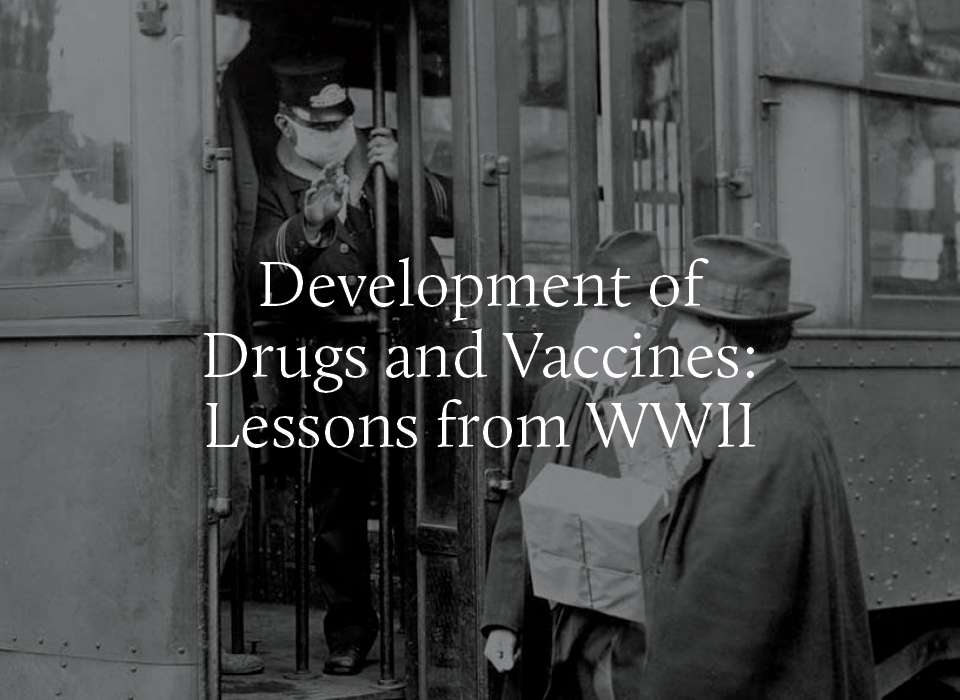Members of the second cohort of the Museum’s WWII Summer Teacher Institute—30 middle school and high school educators—are in New Orleans to study the war in Europe with historian Donald L. Miller, PhD. Each teacher is provided a Museum-created curriculum guide in exchange for a commitment to share its content and the lessons they’d learned with other teachers in their hometown. So far, those lessons have been shared with more than 1,000 teachers by members of the Institute’s inaugural class—Team Pacific, studying World War II in the Pacific with author Richard B. Frank—who recently returned from Hawaii where they completed their year of participation in the program. Team Europe will reconvene next summer for a week of study in Normandy, France.
Members of Team Europe are filing daily dispatches about their experiences at the Institute. Here’s a Day Two report from Kelly Bales of Lexington, Kentucky:
After today’s group activities and class discussions, my colleagues back home will be envious of our work in the archives with some of the Museum’s curatorial staff! We were fortunate to be introduced to various WWII artifacts that were not only multidimensional but also relatable. Whether it was a collection of letters between a husband and wife during the Christmas season or a menacing German SS officer’s hat and belt buckle with a visible swastika, the artifacts allowed us to connect somewhat to the history of that time. These items made aspects of the war more realistic and personal, and fostered discussions that led to further questions about ways to use artifacts in the classroom.
As teachers, we want to make historical events as relatable and authentic as possible. Prior to touring the Museum vault with the curatorial staff, our class was introduced to another perspective of teaching World War II—using statistics to help strengthen or challenge an argument. While it was informative learning perspectives of various historians about the logistics used by the Red Ball Express to bring matériel inland from Normandy, the exercise also forced us (as students and teachers) to further challenge our students the same way in the future. We were learning how historians present multiple perspectives on the same historical event; it is up to us as students and teachers to bring these various perspectives to others and challenge them to discover their own interpretations. Putting students in the place of the historian forces them to apply the data and themes, and fosters their critical thinking skills.
Visit ww2classroom.org to see WWII Summer Teacher Institute curriculum guide content.
